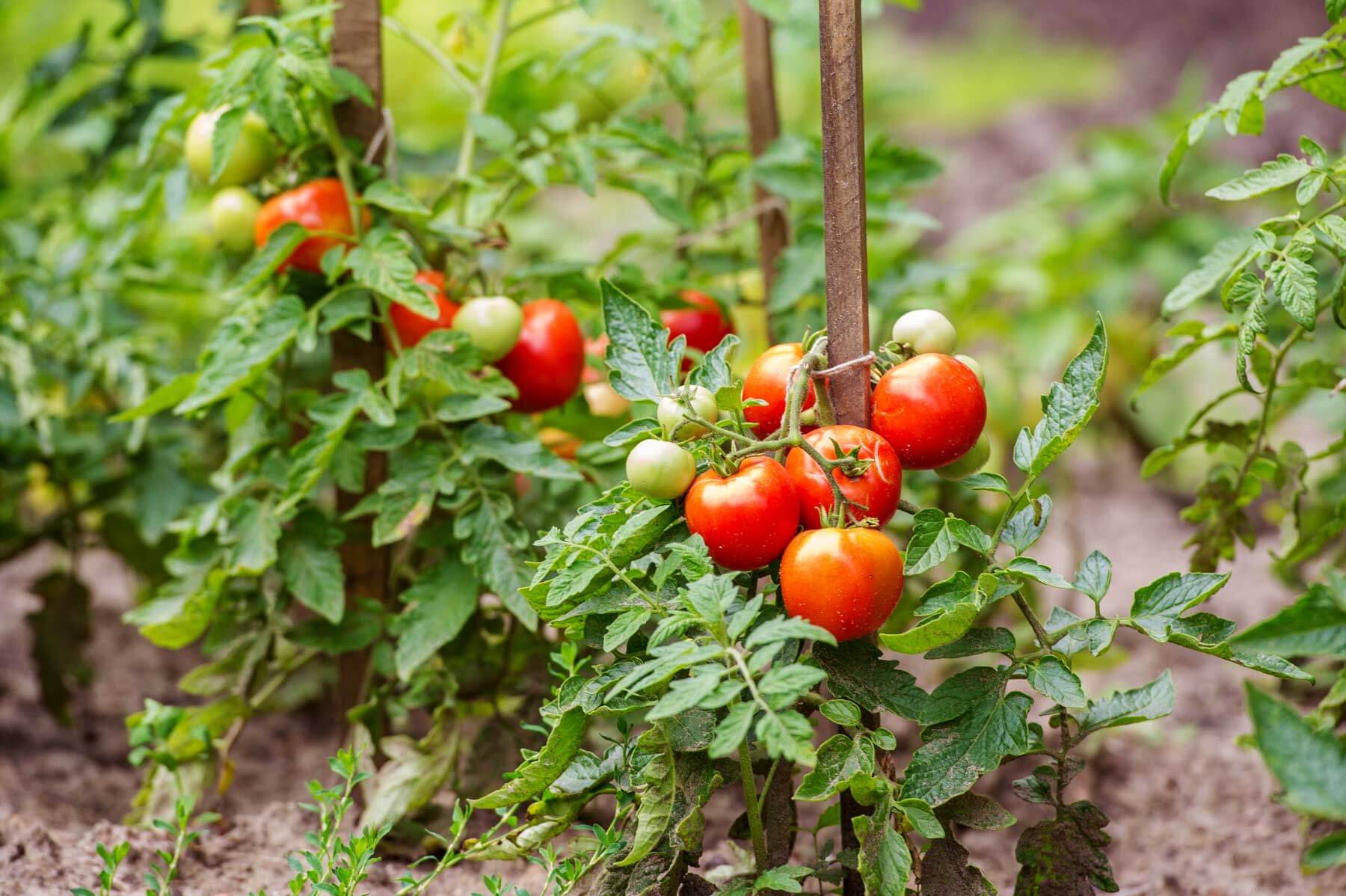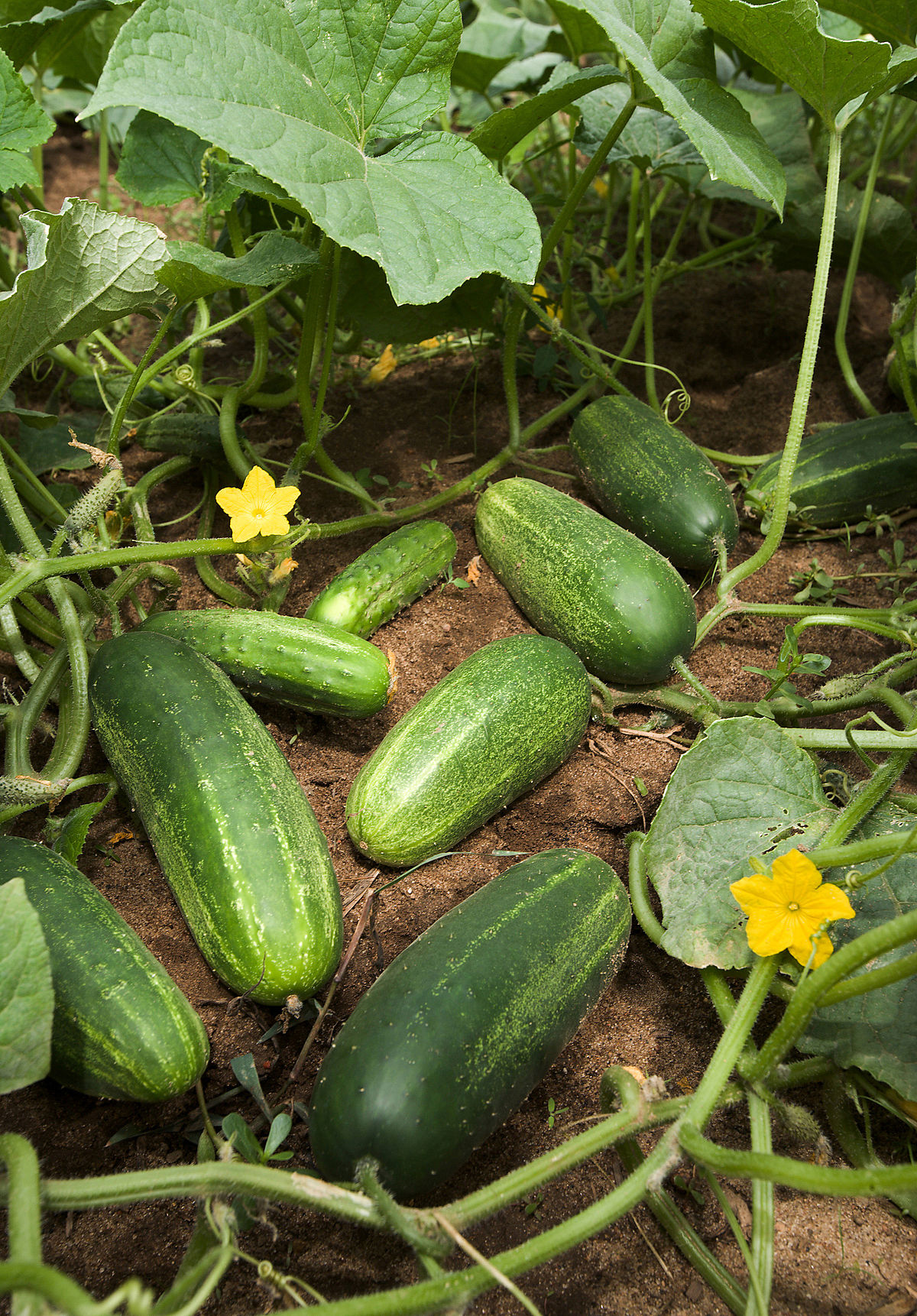The Ultimate Guide To Growing Vegetable Plants
The Ultimate Guide to Growing Vegetable Plants
Growing your own vegetables is a rewarding experience. It's a great way to save money, eat healthier, and get some fresh air and exercise. But it can also be a bit daunting, especially if you're a beginner.
That's where this guide comes in. We'll walk you through everything you need to know to grow your own vegetable garden, from choosing the right plants to harvesting your bounty.
In this guide, you'll learn:
- How to choose the right location for your garden
- What kind of soil you need
- How to prepare your soil
- When to plant your seeds or seedlings
- How to water and fertilize your plants
- How to control pests and diseases
- How to harvest your vegetables
We'll also share some tips and tricks from experienced gardeners to help you get the most out of your garden.
So whether you're a complete beginner or you're just looking for some refreshers, this guide has everything you need to know to grow your own vegetable garden.
Let's get started!
Choosing the Right Location
The first step to growing a successful vegetable garden is choosing the right location. Your garden should get at least 6 hours of sunlight per day. It should also be in a spot that is well-drained and protected from the wind.
If you don't have a lot of space, you can grow vegetables in containers. Just make sure that the containers are large enough to accommodate the mature size of the plants.
Soil Preparation
The next step is to prepare your soil. Vegetable plants need loose, well-drained soil that is rich in organic matter. If your soil is sandy or clayey, you'll need to add some compost or other organic matter to improve drainage and fertility.
You can also test your soil pH to make sure that it is in the right range for the vegetables you want to grow. Most vegetables prefer a slightly acidic soil with a pH of 6.0 to 6.8.
Planting
Once your soil is prepared, you're ready to start planting. The best time to plant vegetables varies depending on your climate. In general, you'll want to plant cool-season vegetables in the spring and summer, and warm-season vegetables in the summer and fall.
When planting, be sure to follow the instructions on the seed packet or seedling tag. This will tell you how deep to plant the seeds or seedlings, and how much space to leave between them.
Watering and Fertilizing
Watering and fertilizing are two of the most important tasks in vegetable gardening. Vegetable plants need regular watering, especially during hot, dry weather. You should also fertilize your plants every few weeks with a balanced fertilizer.
Pest and Disease Control
No matter how careful you are, your vegetable garden will eventually get pests or diseases. There are a number of ways to control pests and diseases, including:
- Hand-picking pests
- Using insecticidal soap or neem oil
- Planting resistant varieties
- Crop rotation
- Sanitation
Harvesting
The best time to harvest vegetables is when they are ripe. This will vary depending on the type of vegetable. For example, tomatoes should be harvested when they are bright red, and cucumbers should be harvested when they are firm and bright green.
Once you've harvested your vegetables, enjoy them fresh or store them for later.
Conclusion
Growing your own vegetable garden is a rewarding experience. It's a great way to save money, eat healthier, and get some fresh air and exercise.
We hope this guide has given you the information you need to get started. So what are you waiting for? Start planning your vegetable garden today!
Are you interested in learning more about vegetable plants? If so, I highly recommend visiting Garden Wiki. This website is a great resource for information on all aspects of vegetable gardening, from choosing the right plants for your climate to harvesting and storing your harvest.
Garden Wiki has a wealth of information on vegetable plants, including:
- Plant profiles: Detailed information on hundreds of different vegetable plants, including their botany, growing requirements, and pests and diseases.
- Growing guides: Step-by-step instructions on how to grow a variety of vegetable plants, from planting to harvesting.
- Recipes: Delicious recipes for using your home-grown vegetables.
- Gardening tips: Advice from experienced gardeners on everything from soil preparation to pest control.
I've found Garden Wiki to be an invaluable resource for my own vegetable gardening, and I'm sure you'll find it just as helpful. So what are you waiting for? Visit Garden Wiki today and start learning more about vegetable plants!
FAQ of vegetable plants
- What are the most important vegetables to grow?
Some of the most important vegetables to grow include:
Broccoli: This popular dark green vegetable is a nutrition superstar, high in antioxidants that fight cancer.
Kale: Dark, leafy greens like kale are high in calcium and great for bone health.
Garlic and onions: These pungent vegetables are packed with antioxidants and have been shown to have a number of health benefits, including reducing the risk of heart disease and cancer.
Spinach: This leafy green is a good source of vitamins A, C, and K, as well as folate.
Bell peppers: These colorful vegetables are a good source of vitamins A and C, as well as potassium.
What vegetables grow in 30 days?
There are a number of vegetables that can be grown in 30 days or less. Some of these include:
Radishes: Radishes are a cool-season crop that can be grown in most climates. They are ready to harvest in about 25-30 days.
Spinach: Spinach is another cool-season crop that can be grown in most climates. It is ready to harvest in about 30-45 days.
Cucumbers: Cucumbers are a warm-season crop that can be grown in most climates. They are ready to harvest in about 45-60 days.
Zucchini: Zucchini is a warm-season crop that can be grown in most climates. It is ready to harvest in about 50-60 days.
Beans: Beans are a warm-season crop that can be grown in most climates. They are ready to harvest in about 60-75 days.
What are the easiest vegetables to grow from seeds?
Some of the easiest vegetables to grow from seeds include:
Radishes: Radishes are a cool-season crop that is easy to grow from seed. They are ready to harvest in about 25-30 days.
Lettuce: Lettuce is a cool-season crop that is easy to grow from seed. It is ready to harvest in about 45-60 days.
Peas: Peas are a cool-season crop that is easy to grow from seed. They are ready to harvest in about 60-75 days.
Tomatoes: Tomatoes are a warm-season crop that can be grown from seed, but they are more difficult to start from seed than some other vegetables. They are ready to harvest in about 80-90 days.
Peppers: Peppers are a warm-season crop that can be grown from seed, but they are more difficult to start from seed than some other vegetables. They are ready to harvest in about 80-90 days.
Can I grow vegetables in pots or containers?
Yes, you can grow vegetables in pots or containers. However, it is important to choose the right size pot or container for the vegetable you are growing. You also need to make sure that the pot or container has drainage holes to prevent the roots from rotting.
Some vegetables that are well-suited for growing in pots or containers include:
Tomatoes
Peppers
Lettuce
Spinach
Radishes
Peas
Beans
What vegetables should not be planted together?
Some vegetables should not be planted together because they compete for nutrients or water. For example, you should not plant tomatoes and potatoes together, as they both compete for the same nutrients. You also should not plant beans and peas together, as they both attract the same pests.
Here is a list of vegetables that should not be planted together:
- Tomatoes and potatoes
- Beans and peas
- Cabbage and broccoli
- Corn and tomatoes
- Melons and cucumbers
- Onions and garlic
Image of vegetable plants
- Tomato plant: A tomato plant is a herbaceous perennial plant in the nightshade family Solanaceae. It is a popular vegetable crop grown for its edible fruits.

- Potato plant: A potato plant is a perennial herbaceous nightshade that is grown for its edible tubers. Potatoes are a staple food in many parts of the world.
- Cucumber plant: A cucumber plant is a vine that is grown for its edible fruits. Cucumbers are a popular vegetable in salads and sandwiches.

- Carrots plant: A carrot plant is a biennial herbaceous plant in the carrot family Apiaceae. Carrots are a popular root vegetable that is eaten cooked or raw.
- Peas plant: A pea plant is an annual herbaceous legume in the pea family Fabaceae. Peas are a popular vegetable that is eaten cooked or raw.
Post a Comment for "The Ultimate Guide To Growing Vegetable Plants"